Other Service
Modest is a company that combines industry and trade. We've been engaged in the machining industry for decades, so we've accumulated a vast pool of quality suppliers,
In addition to our main services CNC machining and die casting services, we can also provide additional 3D printing (Metal and plastic) and sheet metal fabrication (Laser cutting,Bending and Stamping) services.
3D Print
· MJF -- Black Nylon (PA12,PA11,PA12GB,PP,TPU)
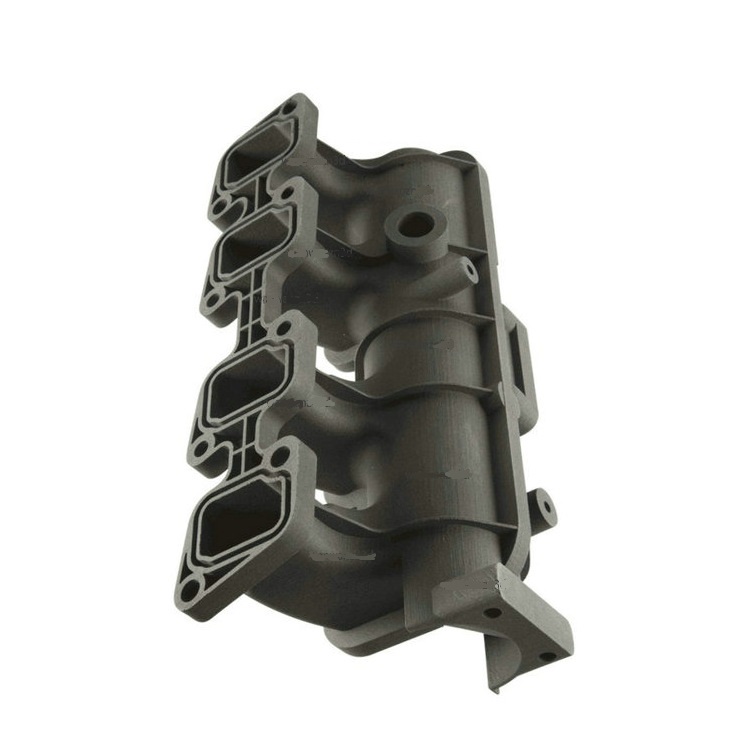
· SLS -- White Nylon (PA2200) -- Can be painted
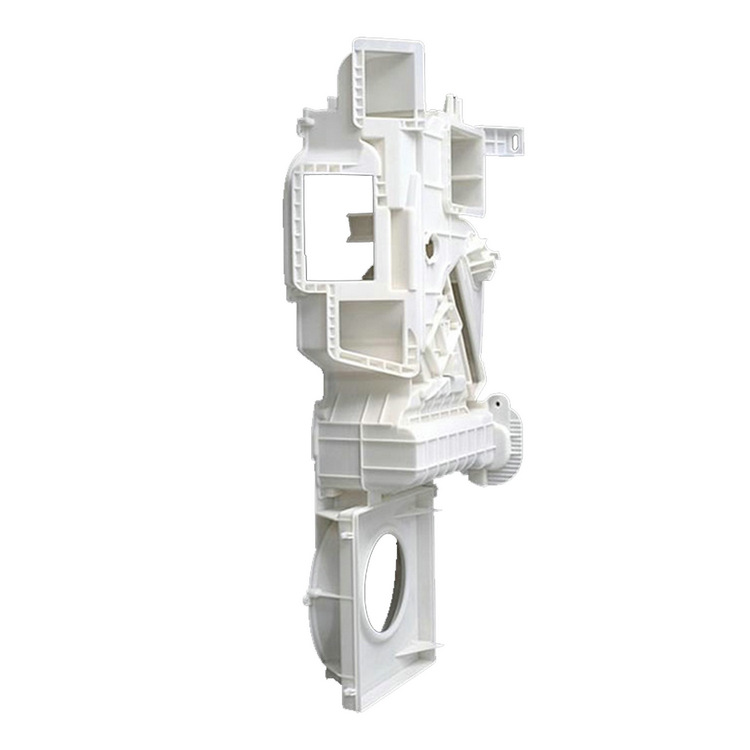
· SLM -- Metal (Aluminum, stainless steel, titanium) -- Can be painted or electroplated
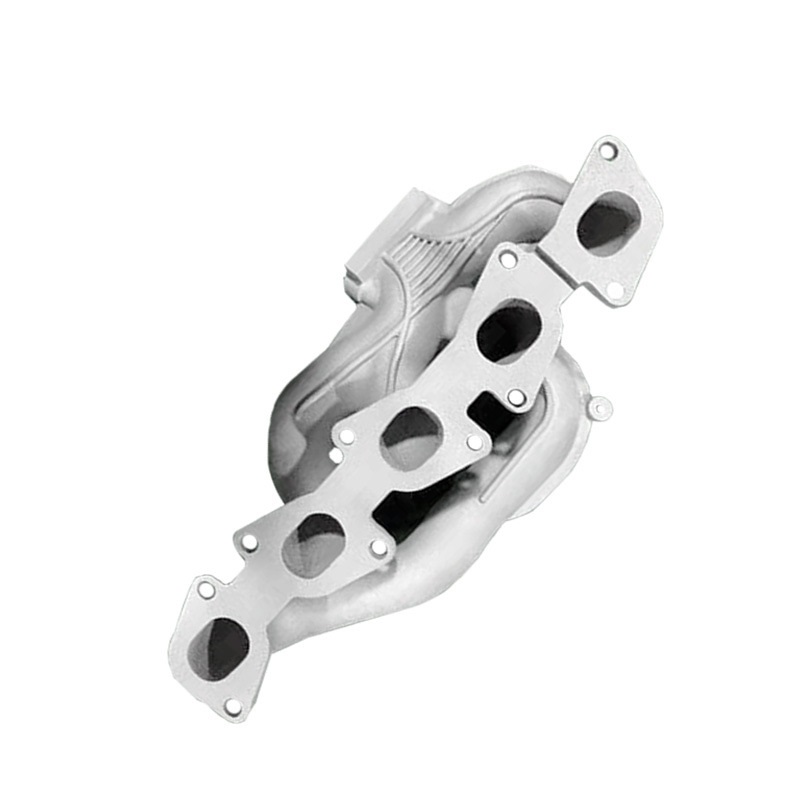
· SLA -- Polyjet (Vero, Rigur, Durus, Veroclear, Digital ABS Plus, Agilus30, Tango, VreoVivid, Somos, etc) -- Can be painted
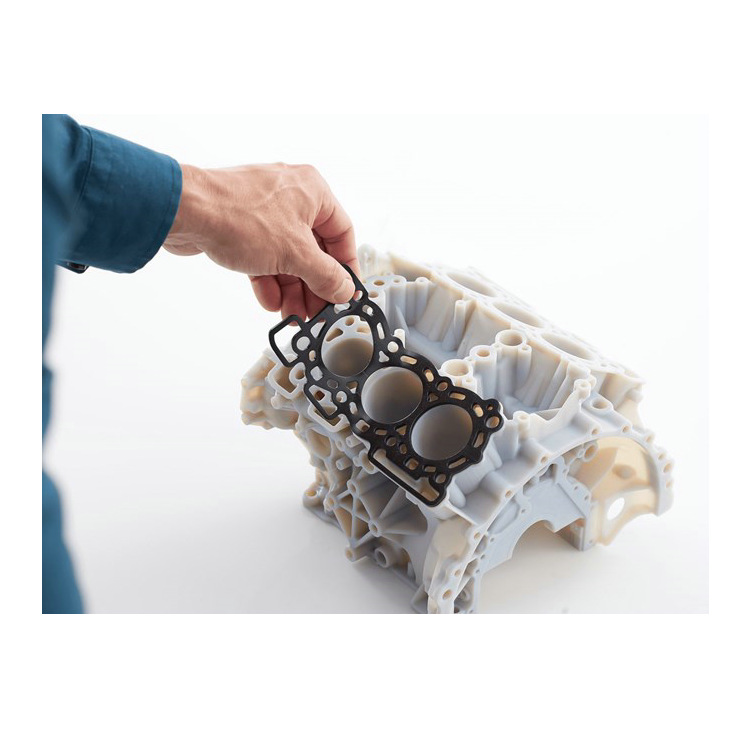
Sheet metal fabrication
· Laser cutting -- 1-10 mm Stainless steel sheets ; 1-8 mm aluminum sheets; 1-20 mm carbon steel sheets
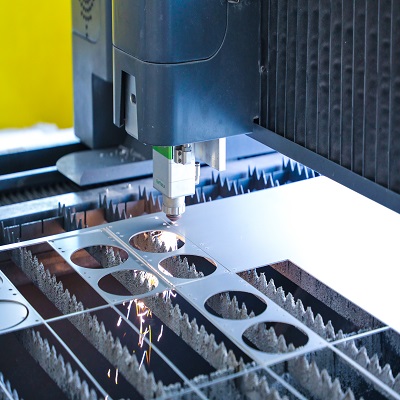
Laser cutting is a type of thermal separation process. The laser beam hits the surface of the material and heats it so strongly that it melts or completely vaporizes. Once the laser beam has completely penetrated the material at one point, the actual cutting process begins. The laser system follows the selected geometry and separates the material in the process. Depending on the application, the use of process gases can positively influence the results.
· Bending
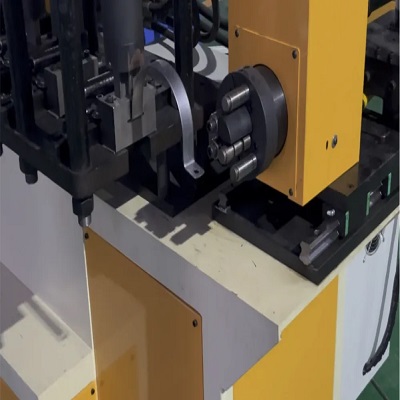
Computer numerically controlled (CNC) bending is a sheet metal folding process that is carried out by CNC press brakes. These machines can bend sheet metal from just a few mm in length to sections many metres long on the largest industrial machines. At SAMS Fabrications we are able to CNC fold up to 4m long. Our CNC press brake has a fixed bottom bed with the V block tooling clamped in place and a top beam which travels under force with the upper tools which are hydraulically clamped this is known as down forming. We have a down forming CNC press (Edwards Pearson PR4).
The CNC press brake is programmed offline by computer software and the data then transferred to the machine controls. Our software is used to program the press to accept the sheet metal component flat blank at a given distance which is defined by the programmable back stop to determine the point where the bend will be formed. The depth that the top tool blade enters into the V block has been programmed with allocated tonnage for the correct force applied allocated which will define the angle achieved of the final bend, the further the V blade enters the V block the tighter angle the final V bend will be. The final component can be a combination of different bend lengths and angles generated by the CNC program positioning the sheet metal component blank at defined positions and programmed angles. Our press brake also has an automatic hydraulic compensation system known as crowning to ensure the correct angle is produced along the full length of the sheet.
The maximum length of the sheet metal component that can be folded is defined by the length of the CNC press brake bed and also the thickness of material is a key element along with other factors such as the material tensile strength and the amount of tonnage available from the machine to form the sheet metal. The larger the bottom V block opening the greater the sheet metal gauge can that can be bent for the same tonnage. But, as the V block opening is increased so does the internal radius of the bend on the sheet metal work and the minimum fold length is also increased.
We have a wide and varied selection of case studies and examples of work in our gallery which illustrate these design ideas and enable you to fully benefit from the versatility of CNC bending, please take a look to learn more or give us a call if you want to discuss further your particular sheet metal work design needs.
· Stamping
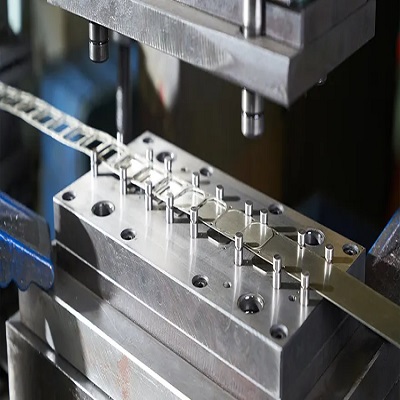
Metal stamping is a cold-forming process that makes use of dies and stamping presses to transform sheet metal into different shapes. Pieces of flat sheet metal, typically referred to as blanks, is fed into a sheet metal stamping press that uses a tool and die surface to form the metal into a new shape. Production facilities and metal fabricators offering stamping services will place the material to be stamped between die sections, where the use of pressure will shape and shear the material into the desired final shape for the product or component.
LATEST NEWS
Contact
CONTACT USName: Mr Andy Chen
Mobile:+86 13401201412
Tel:+86 13401201412
Whatsapp:+86 13401201412
Email:inquiry@metalmachining.com.cn
Add:Building 2, Oujing Huadu, Jichuan Street,Taixing City, Jiangsu Province, China 225400